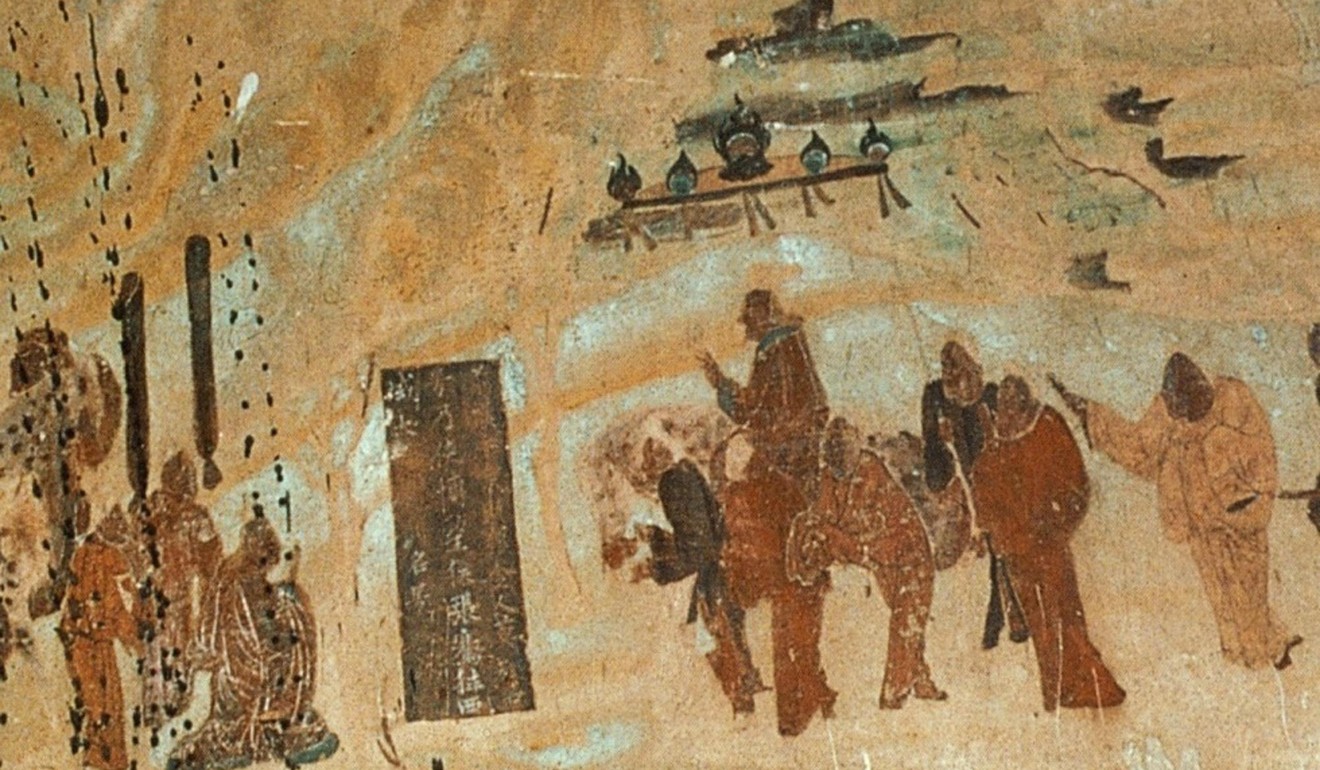
China and India – a love-hate relationship throughout history
In view of the recent Doklam standoff between the two Asian giants, a brief look at how relations went from cool to hot over the centuries

The playground is safe again after the two biggest boys in the neighbourhood decided to make up and play nice, at least for the time being.
Sino-India tensions had simmered since the middle of June, when the Chinese started to construct a road in Doklam (Donglang in Chinese), a disputed territory claimed by China and India’s ally Bhutan. Those tensions quickly escalated into a stand-off between Chinese and Indian troops. Thankfully, no shots or missiles were fired, though stones were being thrown at one nail-biting point during the conflict.

The two nations fought a war in 1962, also over national boundaries, with China winning and gaining control over several swathes of disputed land.
Relations between the two Asian giants were rather distant in ancient times, before modern notions of lines on a map. Buffered by the vastness of Tibet, the Chinese empire and the Indian subcontinent seldom had cause for conflict. There were trade relations, though.

When Chinese explorer and diplomat Zhang Qian (164-114BC) was in Daxia, a state in a Central Asia, he saw walking sticks and fabric from the Shu region (present-day Sichuan province). Daxia locals told him that their merchants had bought them in the country of Shendu to the southeast. This was the first mention of India (as Sindhu, the Sanskrit name for the Indus River) in Chinese historical texts.
Culturally, China owes a huge debt to India in the form of Buddhism, which entered China in the first century AD and profoundly transformed Chinese culture in the centuries that followed.